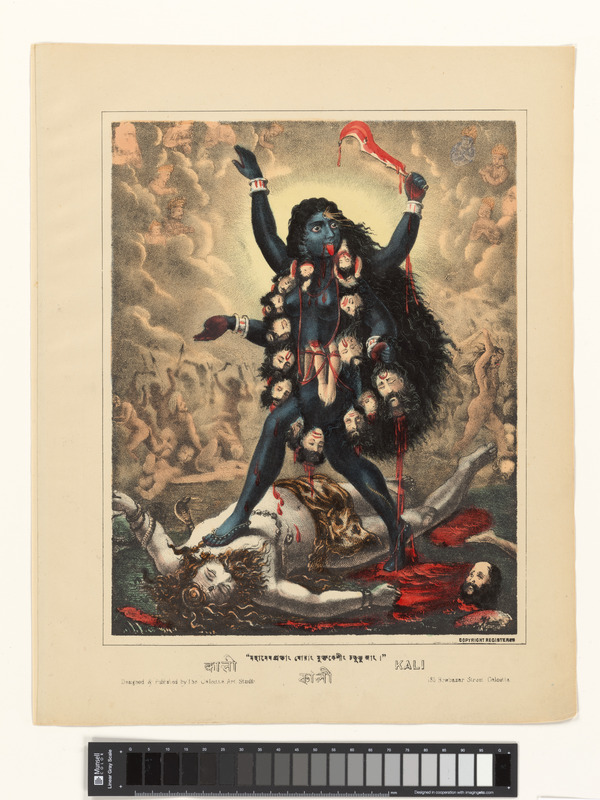The Dark Feminine Archetype
"Strength and dignity are her clothing; and she laugheth at the time to come. She openeth her mouth with wisdom; and the law of kindness is on her tongue. She looketh well to the ways of her household, and eateth not the bread of idleness…Grace is deceitful, and beauty is vain; but a woman that feareth the LORD, she shall be praised." (Proverbs 31:25-27, 30)
Lilith is a quintessential example of the Dark Feminine and Bad Mother, as she is the mother of demons and all things evil by sinful relations with mortal men. Lilith also refused to submit to Adam’s authority (sexually and otherwise) because she was equal to him by nature and insulted God by escaping the Garden of Eden. She then refused to return to the first man and decided to live a promiscuous life amongst all manner of demons at the bottom of the Red Sea. In comparison with Lilith, Eve appears to be the Light Feminine and Good Mother archetype by default, which was the goal of medieval and Talmudic period rabbis. They wanted the wife of Adam that was not equal by creation to be viewed as the only proper, real woman.
Kali Ma: Divine and Dark Mother
Kali Ma, the powerful Hindu goddess of both destruction and creation, is another quintessential example of the Dark Feminine and Bad Mother archetypes, since she symbolizes the fierce attributes of femininity. Technically, however, Kali Ma represents the Great Mother when she isn't viewed through a lens of patriarchal gender roles. Interestingly, there are many similarities between Kali Ma and Lilith, including the fact that they both devour their own children and sport long, flowing hair. Kali Ma’s Ocean of Blood is also comparable to Lilith’s Red Sea. The artistic representation of Kali Ma (pictured to the right) shows the goddess as a young woman with a blue-black complexion, long flowing hair, four arms, a necklace of severed heads and a belt of severed limbs. She is also standing on the corpse of her husband, Shiva, with a bloody sacrificial sword in her hand.
The rise of patriarchal religions and societies meant that women in both reality and mythology could no longer be both light and dark, nurturing and fierce, chaste and lustful, patient and ambitious, or modest and proud. The latter was seen as wild and represented a power some men feared they could not control. This fear was–and still is–projected onto real women through patriarchal institutions, and mythological figures like Lilith, Ishtar, and Kali Ma through religious doctrine and demonization.
